On January 16, 1991, the United States and its allies launched “Operation Desert Storm.” The first Gulf War had begun.
In 1980 Saddam Hussein had sent Iraq into war with neighboring Iran in an effort to expand its borders. The war ended inconclusively in 1988. Iraq was deep in debt for the money it had spent purchasing arms, and plummeted into a grave economic crisis.
Iraq owed the most to its Gulf state neighbors, Kuwait and the United Arab Emirates, with whom it shared a regional economy based on oil exports. With Saddam unable to honor his debt, Kuwait and the Emirates decided to make up the shortfall by producing more crude oil, in breach of OPEC regulations. The oil market was flooded and prices plummeted. Iraq’s dire economic situation worsened.
Saddam considered their violation of the oil quotas a provocation and asked for cancellation of Iraq’s war debt as restitution. He demanded that Kuwait turn over oil fields at border between the two countries, as well as strategically important Gulf islands. His requests were ignored. Saddam decided to invade Kuwait.
On August 2, 1990, the Iraqi army easily overran Kuwaiti resistance and occupied the country. The United Nations, the organization that oversees international peace and security, condemned the invasion. On November 29, 1990, the UN Security Council issued an ultimatum to Iraq. Iraq was to withdraw from Kuwait by January 15 or face intervention by a military coalition headed by UN member states. The United States headed the coalition, along with 30 other nations, including Great Britain, Germany, Italy, Spain and France.
In 1980 Saddam Hussein had sent Iraq into war with neighboring Iran in an effort to expand its borders. The war ended inconclusively in 1988. Iraq was deep in debt for the money it had spent purchasing arms, and plummeted into a grave economic crisis.
Iraq owed the most to its Gulf state neighbors, Kuwait and the United Arab Emirates, with whom it shared a regional economy based on oil exports. With Saddam unable to honor his debt, Kuwait and the Emirates decided to make up the shortfall by producing more crude oil, in breach of OPEC regulations. The oil market was flooded and prices plummeted. Iraq’s dire economic situation worsened.
Saddam considered their violation of the oil quotas a provocation and asked for cancellation of Iraq’s war debt as restitution. He demanded that Kuwait turn over oil fields at border between the two countries, as well as strategically important Gulf islands. His requests were ignored. Saddam decided to invade Kuwait.
On August 2, 1990, the Iraqi army easily overran Kuwaiti resistance and occupied the country. The United Nations, the organization that oversees international peace and security, condemned the invasion. On November 29, 1990, the UN Security Council issued an ultimatum to Iraq. Iraq was to withdraw from Kuwait by January 15 or face intervention by a military coalition headed by UN member states. The United States headed the coalition, along with 30 other nations, including Great Britain, Germany, Italy, Spain and France.
RELATED


THE CONGRESS OF VIENNA


THE EXPEDITION OF THE THOUSAND
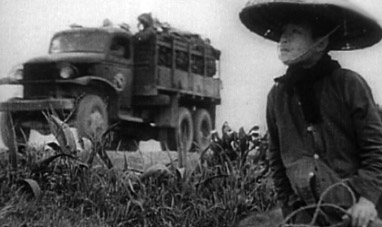

THE VIETNAM WAR


INTELLIGENCE FEBRUARY 2015


INTELLIGENCE JUNE 2015


SEPTEMBER 11, 2001


FIRST ITALIAN WAR OF INDEPENDENCE


HIROSHIMA AND NAGASAKI


THE PROTESTANT REFORMATION
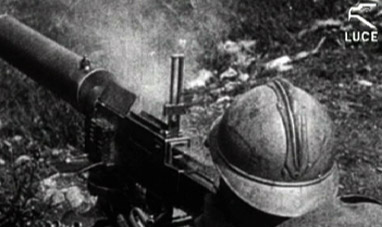

WORLD WAR I
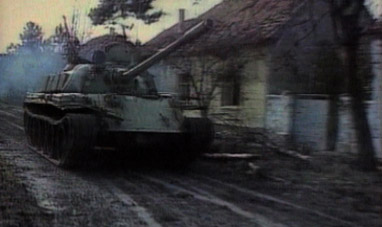

THE BALKAN WARS OF THE 1990S


EARLY CHINESE DYNASTIES


ITALIAN IRREDENTISM


THE TAIWAN ISSUE
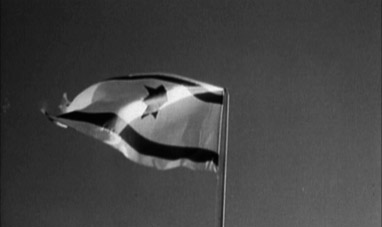

THE BIRTH OF ISRAEL
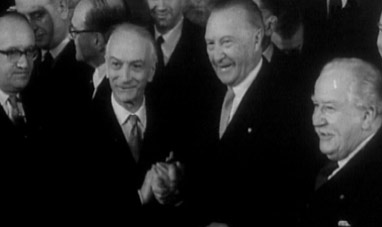

FOUNDING THE EUROPEAN COMMUNITY


THE FIRST MOON LANDING
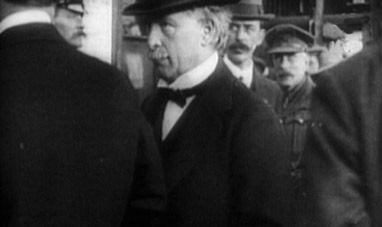

TREATY OF VERSAILLES
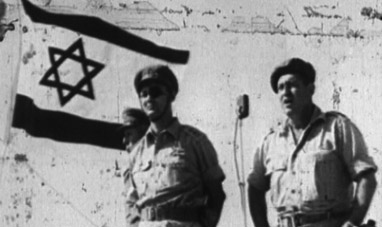

THE SIX DAY WAR


THE FRENCH REVOLUTION


THE FIRST INTIFADA
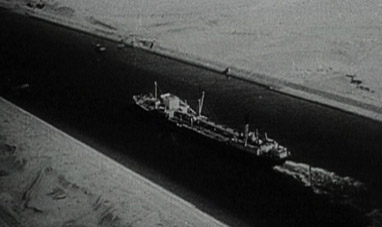

THE SUEZ CRISIS


WASTE IN THE WORLD


DISCOVERY OF AMERICA, THE


BAGHDAD


THIRD ITALIAN WAR OF INDEPENDENCE


APARTHEID
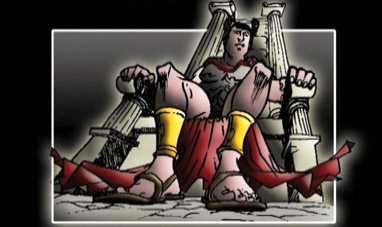

THE EDICT OF MILAN


CAPTURE OF ROME
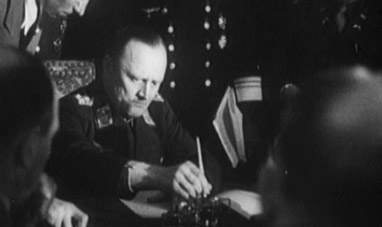

YALTA AND POTSDAM: NEW WORLD ORDER


THE KINGS OF ROME


THE BATTLE OF HASTINGS


OIL


FIVE DAYS OF MILAN
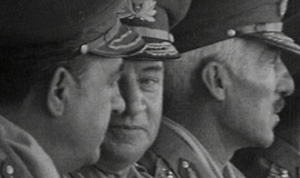

THE GREEK MILITARY COUP
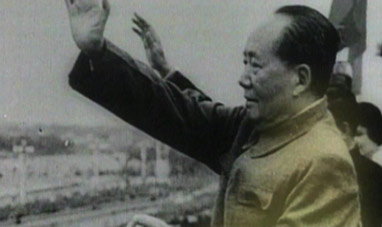

FOUNDING THE PEOPLE'S REPUBLIC OF CHINA
